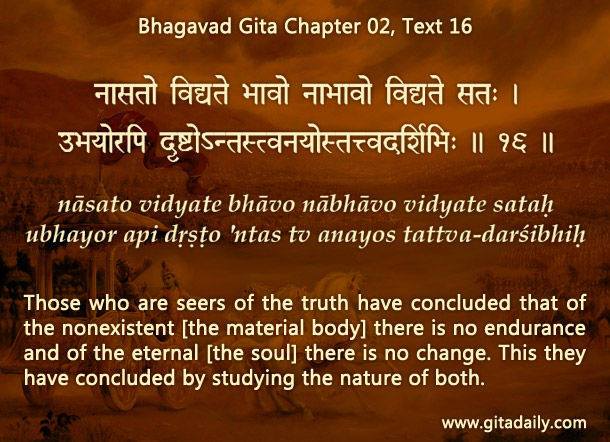Persistence of vision refers to the erroneous perception caused by the eye’s inability to perceive change occurring at a high speed. For example, if someone moves a firebrand fast in a circle, we see not a moving stick of light, but a circle of light.
Persistence of illusion refers to our believing that the way things appear is how they actually are – our believing that there’s actually a circle of fire, not just a moving firebrand.
The Bhagavad-gita (02.16) indicates that the material doesn’t endure and the spiritual doesn’t cease. Material things are in a constant state of flux. The atoms that make the things around us are constantly changing, as are the cells that make the physical bodies of our loved ones and our bodies too.
At one level, persistence of vision is necessary for us to function in the material world. Without it, we would see the ground as ever-changing and would hesitate to even lift our foot, leave alone do anything else.
But we are not meant to function at only the material level of reality – we have higher intelligence by which we can understand that we have a spiritual core that transcends our material body. When we let this higher intelligence be guided by Gita wisdom, then we can not only understand our spiritual identity but also relish spiritual happiness by devotionally connecting with the supreme unchanging reality, Krishna. If we fail to use our intelligence spiritually, we succumb to persistence of illusion – we imagine that temporarily good-looking things will give us immense pleasure. And persistence of illusion perpetuates our material existence.
By using our scripturally-trained intelligence to redirect our heart from the world to Krishna, we can relish higher satisfaction and gain higher illumination, thereby preventing the persistence of vision from triggering persistence of illusion.
Explanation of article:

Podcast:


Hare Krishna
Very nice and lucid explanation of the concept & also the usage of the phrases. Prabhuji certainly your words of wisdom are like nourishing food for our intelligence & soul.
Thank you.